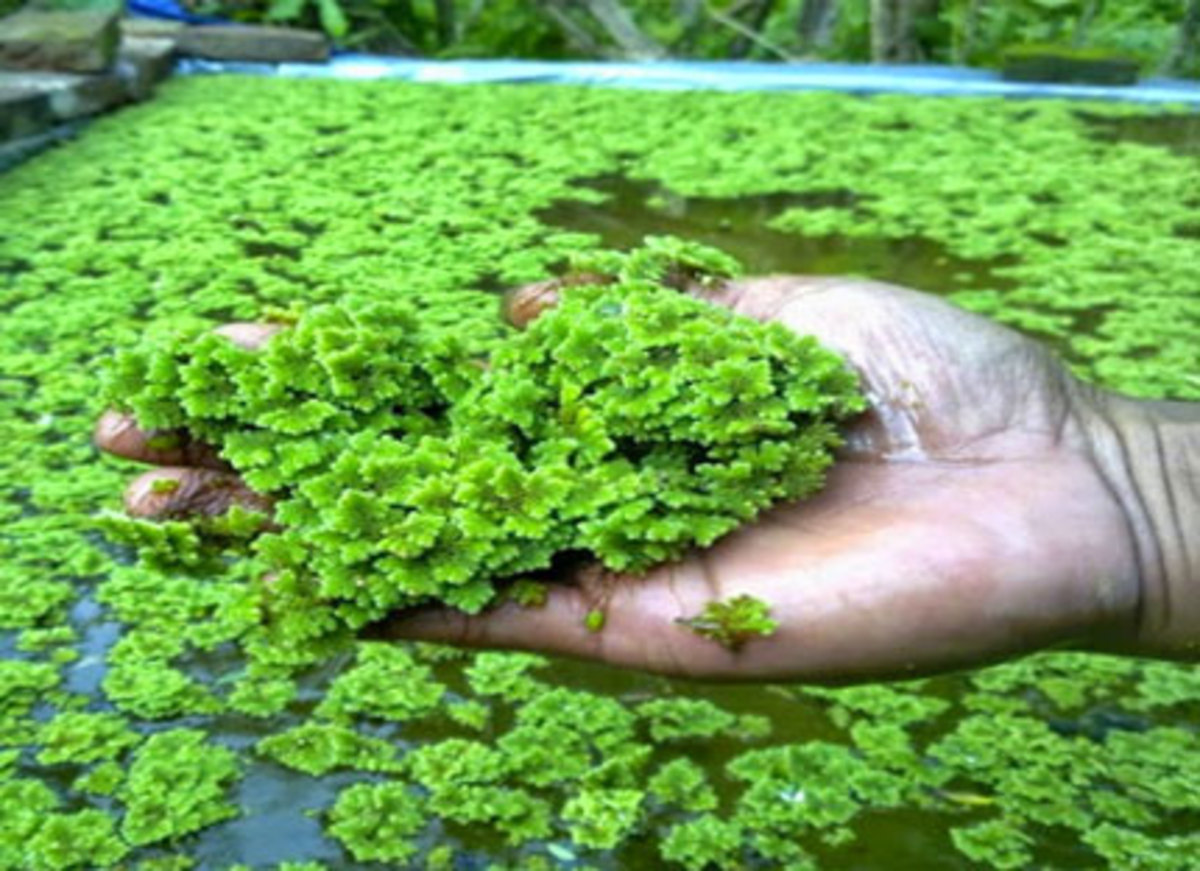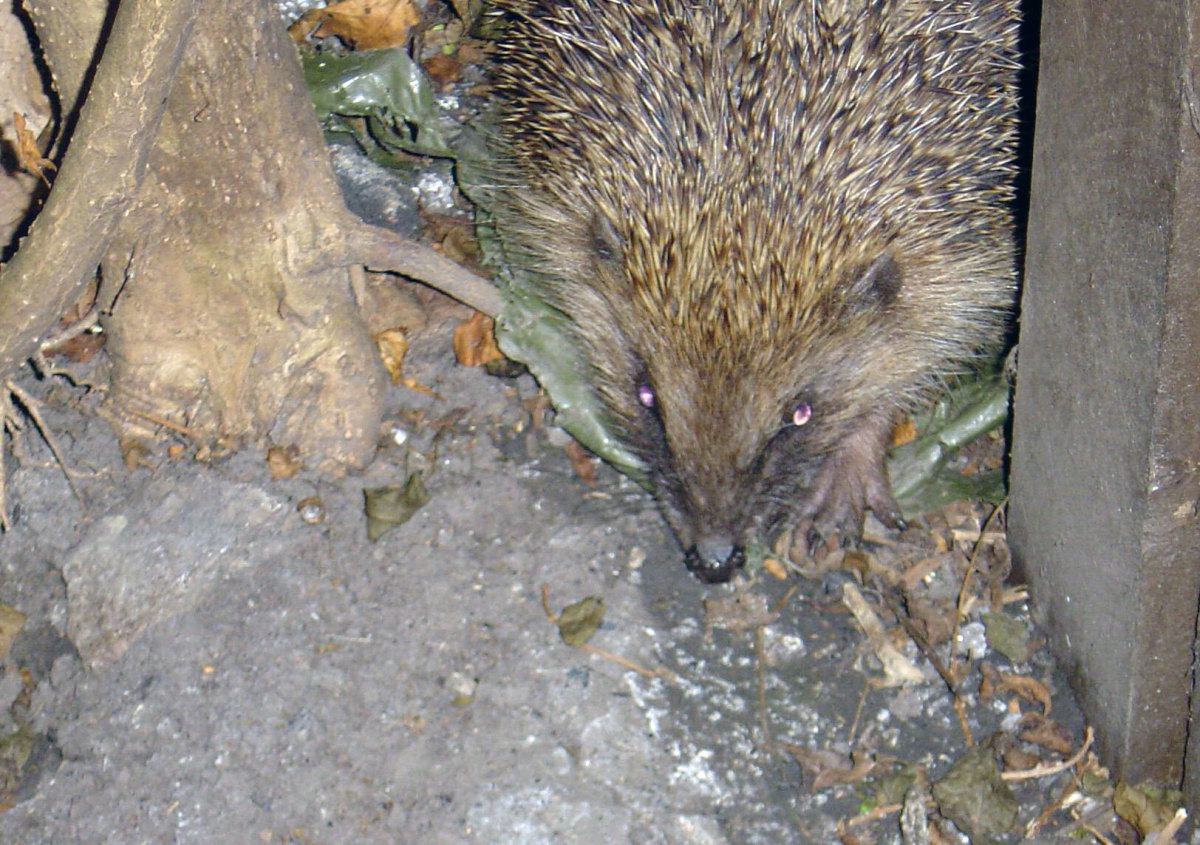- HubPages»
- Home and Garden»
- Gardening»
- Landscaping
How to make pond water clear?
Have a “No Green” Pond Water
We all love to have pond in our area, right? People say that having a pond full of fishes can minimize their stressful moments after work by simply looking unto it. In making a pond, we must consider many factors which may affect the growth and development of the pond, the only place where stress goes by. Maintaining our pond water clear is a hard thing to do if we know scarcely about cleanliness and maintenance. At first, we often believed that clear water is already clean. But in fact, crystal clear water does not mean clean and safe as we always think about it. Not all that we see are all that we get, as many say.
There are several things causing our pond water to become dark and murky. Some of them include algae, bottom silt, excess waste and debris. All ponds are prone to those kinds of dirt and sometimes unhealthy stuffs and we must eradicate those things especially when we want our fishes to stay longer. Algae contribute factors which affect pond water to become unhealthy to fish; the warmer the temperature, the faster the algae to reproduce which in return gives us a greener pond.
How are we going to reduce those problems anyway? Below are some of the tips every pond owner would be grateful to have:
What Mysteries Lurk Beneath?
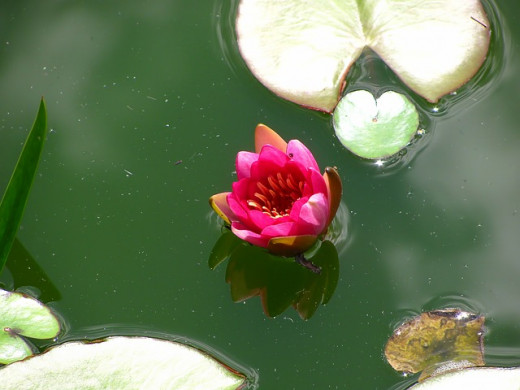
Reduce Algal Nutrients
Algae, being a microorganism, needs almost excessive source of nutrients to live. One of the algae’s “life-givers” include phosphate, therefore reducing that compound would cease the insistent growth of algae.
Algae even have the same need as the plants. Therefore including plants in your pond would be a bigger help in keeping those algae develop and grow. A good example of a pond water plant that you could put would include water lilies. Floating within the surface of the pond, these plants could prevent the algae from having direct access to light, and even their other needs like carbon-dioxide and nutrients.
Ahh, That's Better!
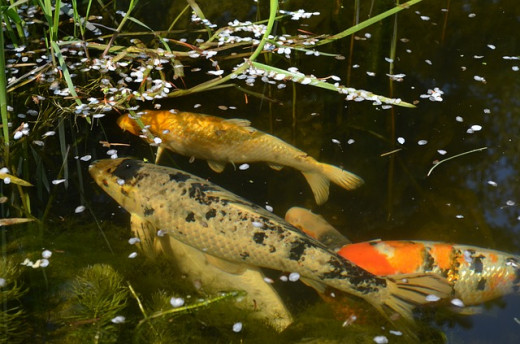
Increasing Aeration
Aeration is the best way to improve the quality of water in our pond. Aeration is the process of charging a liquid with gas, so as it would bubble and eradicate any particle suspended upon it. This would result to a well-oxygenated water and reduced carbon dioxide (a need for algae). This could even control the water temperature, which helps in reducing your pond pet’s stress from warm water. However, a pond owner must observe putting aerating devices deeply into the pond, so as not to disturb the fishes.
Bacterial Additives
Countries which have four seasons gain advantage in maintaining their ponds through natural filtration. Winter is a season where beneficial bacteria usually increment their numbers. The good thing of these bacteria is they are the number one enemy of the algae who are trying to make your pond water green.
However, there are also alternatives aside from waiting that cold season to drop into the ground. Pond owners could make use of spring or coldwater bacterial formula to boost the population of such friendly bacteria. However, to gain efficiency in making those bacteria fight the pond algae is to remove large pond debris and leaves, so as the target of bacterial decomposition is pointed to the algae.
Monitoring your Pets’ Food
A great misconception regarding feeding the animals is that the food is directly proportional to their growth. So some pond owners haphazardly put excessive number of feeds in the hope that their fishes would eventually grow. In fact, even their food could be an agent of dirt in the pond. Wasted fish feeds go deep within the pond and would in turn make it look murky.
Therefore, feeding must not only go with accurate proportion but in compliance with the current water temperature. You must feed your fishes when the pond water temperature is 50 degrees Fahrenheit. Temperature above 50 degrees Fahrenheit but is below 70 would require your fishes to be fed with wheat germ food, a low protein food which is easier to digest. Reaching a temperature of 70 degree Fahrenheit would be the time that you will give them staple or growth foods.
Following the feeding techniques would help your fishes finish their foods as well as not to excrete so much waste that could lead to the increased value of ammonia, a harmful compound for fishes.
UV Clarifiers
UV Clarifiers are devices that are designed for ultraviolet emissions just like the sunlight. The light emitted by this device would be of big help especially that its light leads to the inhibition of the germicidal population, thus clarifying your pond water. Use these devices as you do filtration especially when the pond’s water temperature is above 45 degrees Fahrenheit. You could also couple it if you have UV lamps installed within the pond to gain better results.
Get to the Bottom of Things!
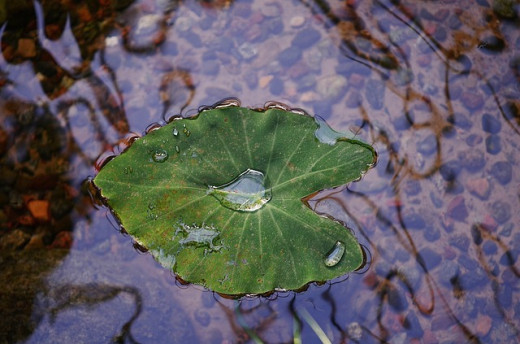
Biofiltration
Biofiltration is a pollution control technique in which degradation of pollutant particles are done by using living materials so as to capture and eradicate harmful bacteria. As said earlier, it is not only algae that make the pond water dirty, but also tiny harmful bacteria. Ordinary filtration methods are only good for solid-type particles that are only suspended. Stagnation of the water means faster bacteria development, and one way to prevent this phenomenon is through biofiltration. One goal of biofiltration is not only to clean pond water, but also to make it ammonia-free. This technique is considered to be the best for this helps in not only cleaning the water, but also to maintain its purity.
With the tips stated above, it could be possible that you won’t make up your day thinking of how to clear a green pond. However, the best secret in maintaining the cleanliness of your pond is through proper balance. Your pond water is also considered an ecosystem, therefore maintaining its balance also means maintaining its life. Keeping your pond water clear is not just mere “cleaning” it, but also maintaining it.
How To Clean Out A Water Pond Part 1
How To Clean Out A Water Pond Part 2
My Other Hubs
- All About Fish Pond Design
All About Fish Pond Design If you are like me, then you probably like the idea of a nice, well-manicured garden with plenty of attractive pieces and features guaranteed to invoke a Wow! or two... - Betta Fish Diseases and possible cures
Betta fish (or betta) is a miniature fish type of gourami family. Bettas are known as Siamese fighting fish, Betta splendens, or fighter. There are about 63 scientifically known species of these fish. Bettas...



